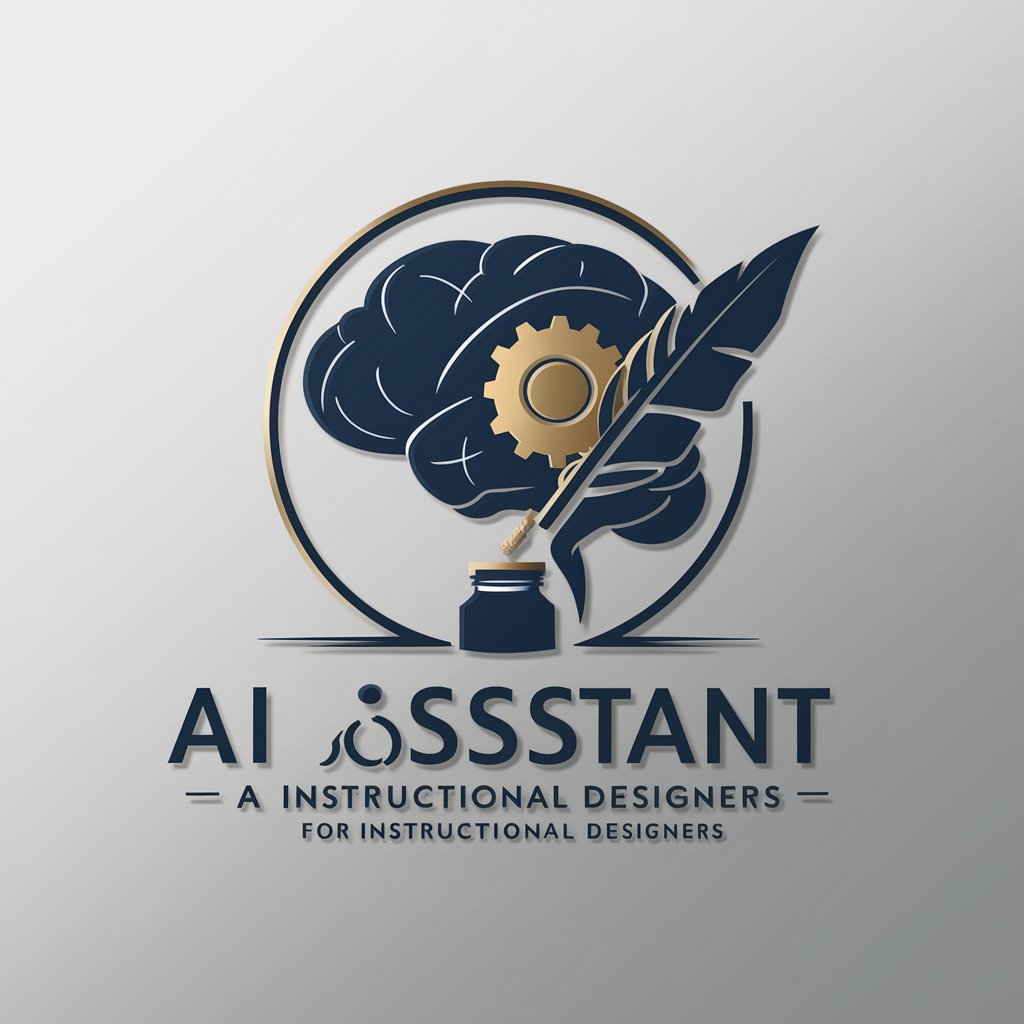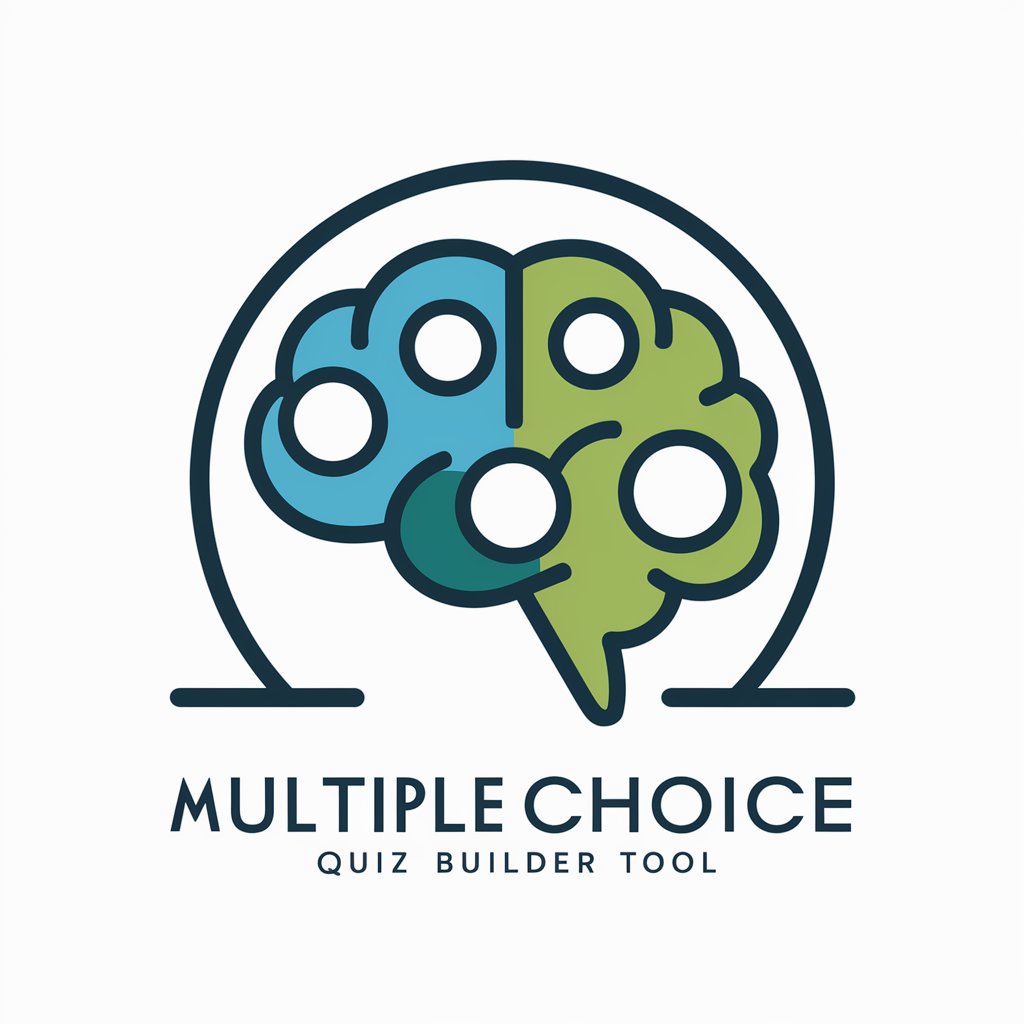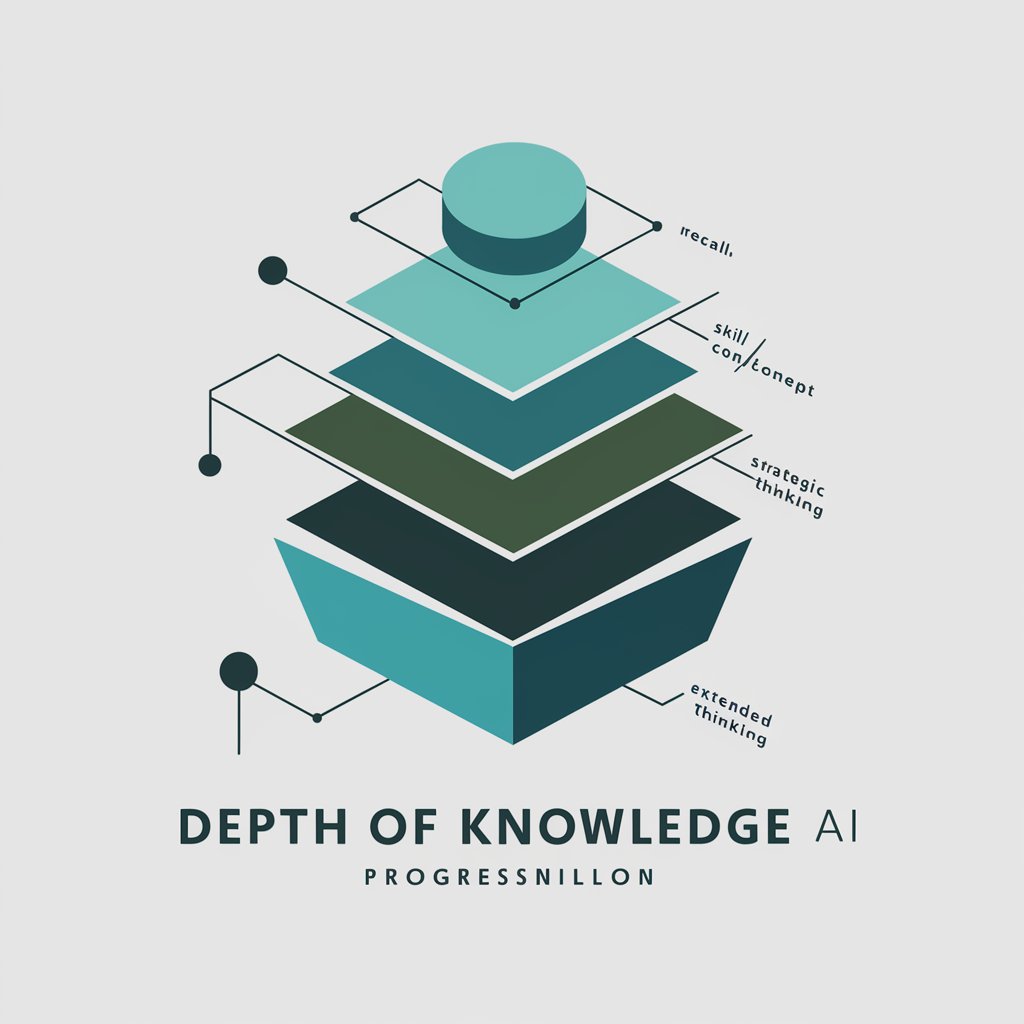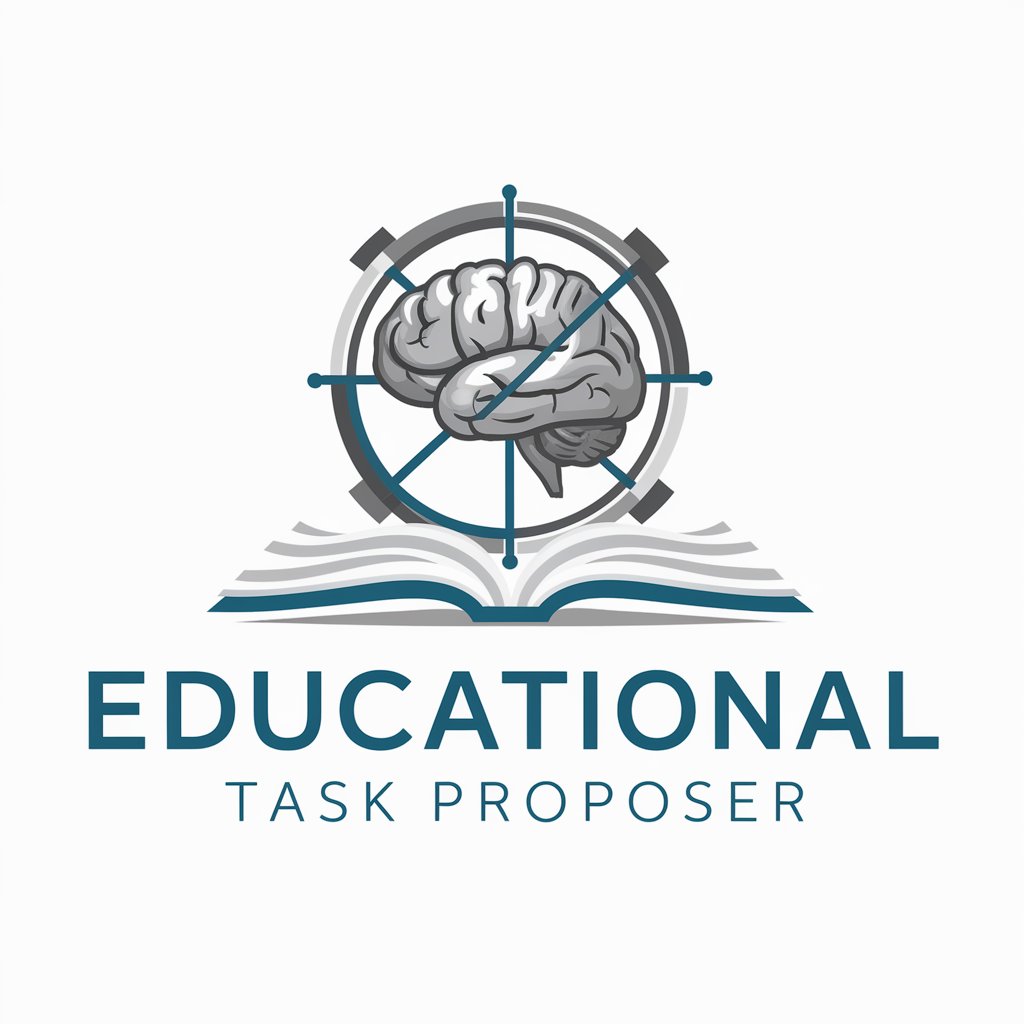
Bloom's Taxonomy for Educators - Educator's Cognitive Guide
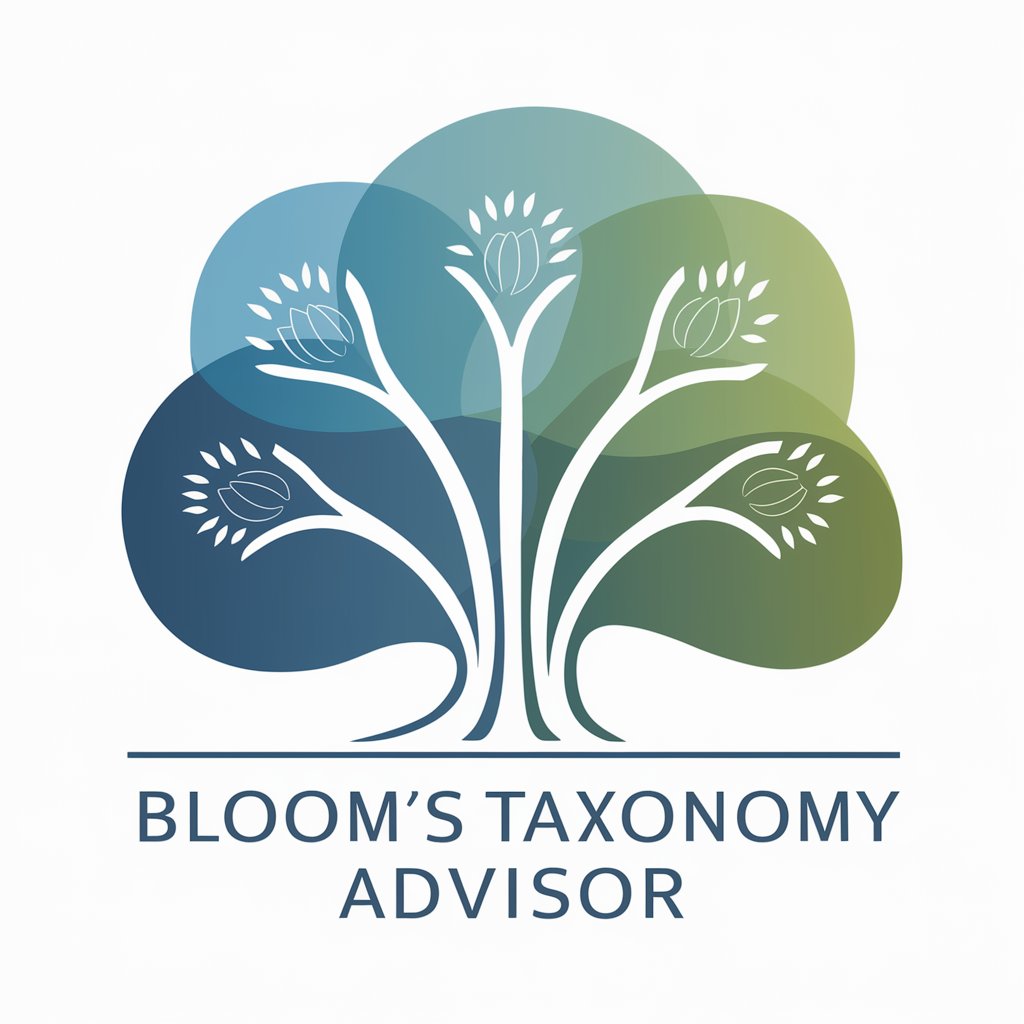
Welcome to the Bloom's Taxonomy Advisor. Let's enhance our teaching and learning together!
Empowering educators with cognitive insights
Describe how Bloom's Taxonomy can be applied to develop course learning outcomes in higher education.
Explain the benefits of using Bloom's Taxonomy to design assessment methods for various cognitive levels.
Discuss how Bloom's Taxonomy aids in prioritizing teaching resources and organizing lessons effectively.
Illustrate the difference between lower-order and higher-order thinking skills with examples from Bloom's Taxonomy.
Get Embed Code
Introduction to Bloom's Taxonomy for Educators
Bloom's Taxonomy, initially developed by Benjamin Bloom in 1956 and revised by Anderson and Krathwohl in 2001, serves as a foundational framework for educators to categorize and formulate learning objectives based on cognitive complexity, from basic knowledge recall to higher-order thinking skills such as analysis, synthesis, and evaluation. This taxonomy aims to provide educators with a common language and structure to design, assess, and refine educational experiences, ensuring that learning outcomes target a spectrum of cognitive processes. Examples include structuring curriculum content to progress from remembering factual knowledge to applying, analyzing, and creating new knowledge, thereby aligning teaching strategies and assessment methods with intended learning outcomes. Powered by ChatGPT-4o。

Main Functions of Bloom's Taxonomy for Educators
Curriculum Development
Example
Designing course syllabi that progress from basic understanding to application and creation, ensuring students build on foundational knowledge.
Scenario
An educator uses Bloom's levels to structure a semester-long course, starting with basic concept recall before moving to case studies that require analysis and synthesis.
Assessment Design
Example
Creating exams and assignments that assess a range of cognitive skills, from remembering and understanding to evaluating and creating.
Scenario
Developing a final project assignment that requires students to apply course concepts to a novel problem, demonstrating synthesis and evaluation skills.
Instructional Strategies
Example
Employing teaching methods that cater to various cognitive levels, such as discussions, problem-solving tasks, and creative projects.
Scenario
Facilitating a classroom debate on a complex topic, where students must analyze differing viewpoints and create arguments, fostering higher-order thinking.
Feedback and Reflection
Example
Providing feedback that targets specific cognitive skills and encourages students to reflect on their learning processes and outcomes.
Scenario
Offering students detailed feedback on their critical analysis in a paper, pointing out areas of strength and suggesting improvements for deeper evaluation.
Ideal Users of Bloom's Taxonomy for Educators
Educators and Teachers
All levels of educators benefit from using Bloom's Taxonomy to design curriculum, create assessments, and implement teaching strategies that foster a comprehensive learning environment.
Curriculum Developers
Curriculum planners and developers use the taxonomy to ensure educational programs cover a balanced range of cognitive skills, aligning with educational standards and goals.
Instructional Designers
Professionals who create educational experiences and materials employ Bloom's Taxonomy to build engaging and effective learning activities that cater to different cognitive processes.
Students
While not direct users, students are the ultimate beneficiaries of educators applying Bloom's Taxonomy, experiencing enriched learning that prepares them for complex problem-solving and critical thinking.

Using Bloom's Taxonomy for Educators
1
Visit yeschat.ai for a free trial without login, also no need for ChatGPT Plus.
2
Familiarize yourself with the revised Bloom's Taxonomy, understanding the shift from nouns to verbs, and the three renamed categories .
3
Apply Bloom's Taxonomy to define and refine course learning outcomes, using its inventory of verbs to articulate diverse cognitive skills【15†source】【19†source】.
4
Integrate Bloom's Taxonomy in assessment design, ensuring alignment of evaluation methods with cognitive levels addressed in lessons【17†source】.
5
Regularly reflect on teaching and assessment strategies using Bloom's Taxonomy to enhance student engagement and learning outcomes【21†source】.
Try other advanced and practical GPTs
Photorealistic Liquid Splash
Crafting Realistic Liquid Art with AI

What's My Relationship Red Flag?
Discover Your Relationship Red Flag with AI
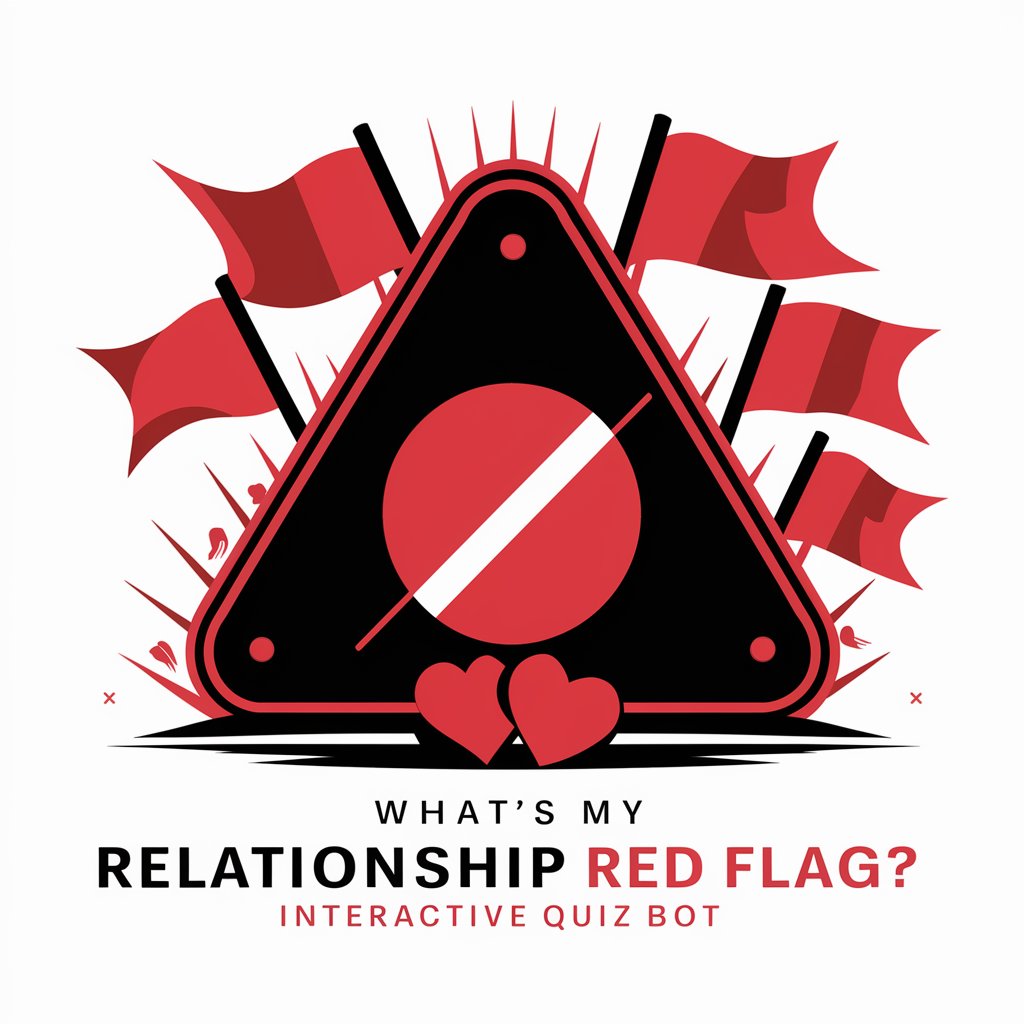
Word Guardian
Enhancing Writing with AI Precision

Palo Alto
Empowering security with AI-driven insights.

PowerBall Lottery Generator
AI-powered innovative lottery number generation.

Spell It
Perfect Your Spelling with AI Assistance
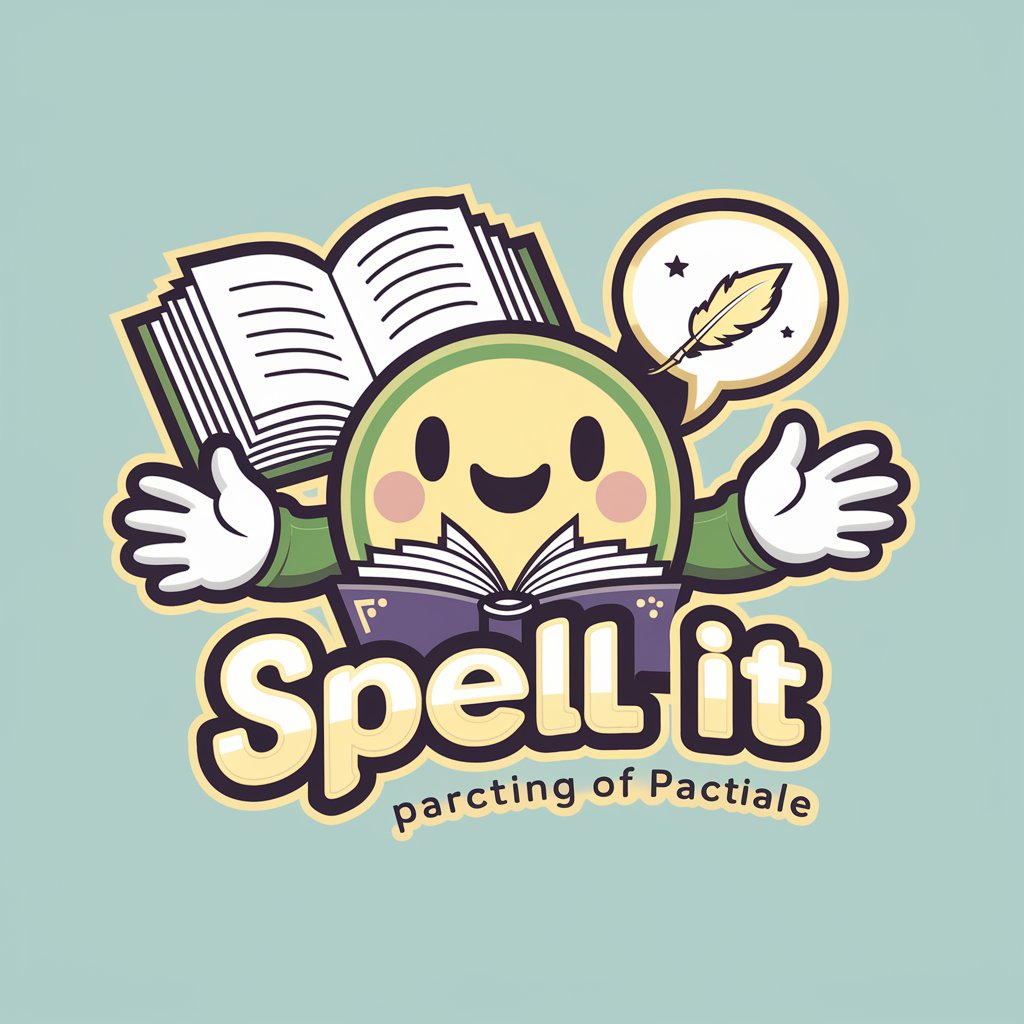
Statistical Deep Learning Math Derivation
Unlock deep learning's mathematical core.

Eureka
Uncover the depths of language with AI

Viral Video Titler
Crafting captivating titles with AI power

Image Titler
Crafting the Perfect Title with AI

Computational Consciousness Expert (Beta)
Unlocking the AI-driven insights into consciousness
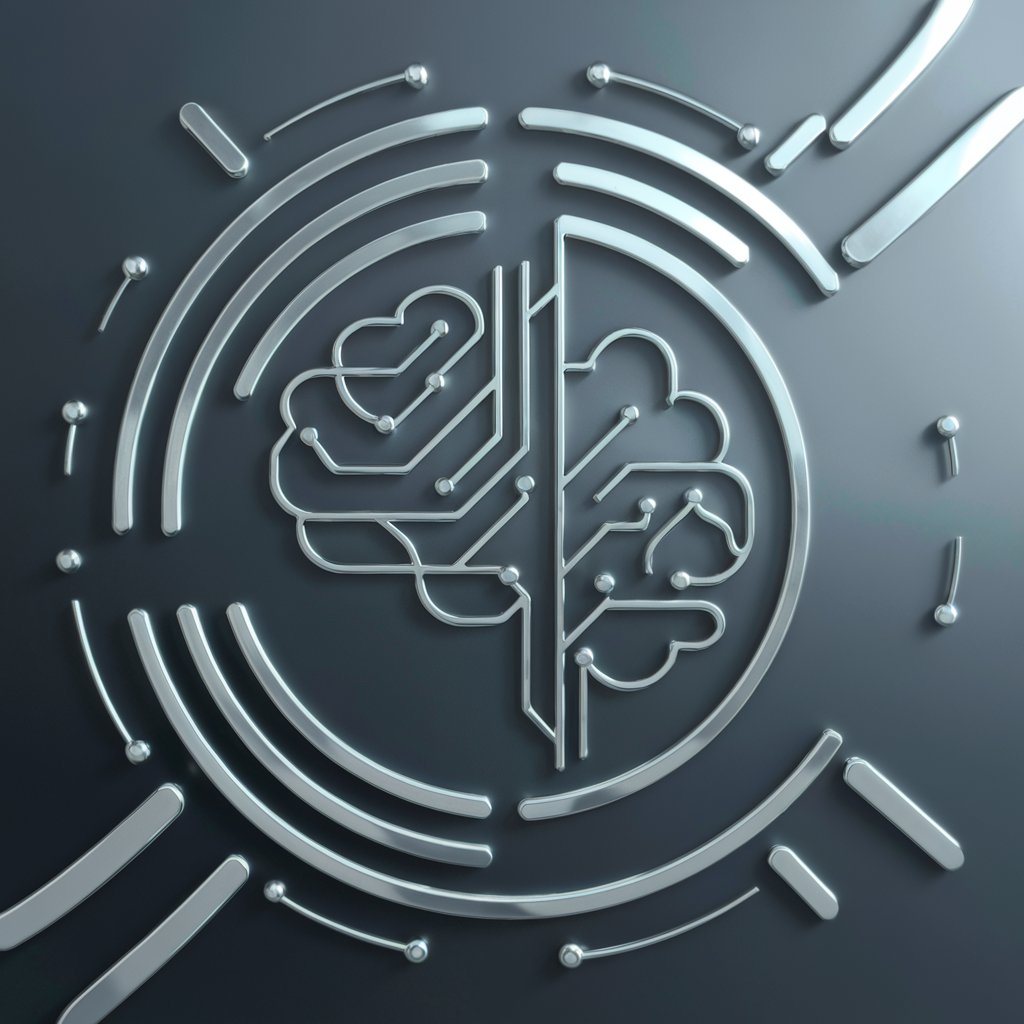
Lazy Fred
Making Whining an Art Form
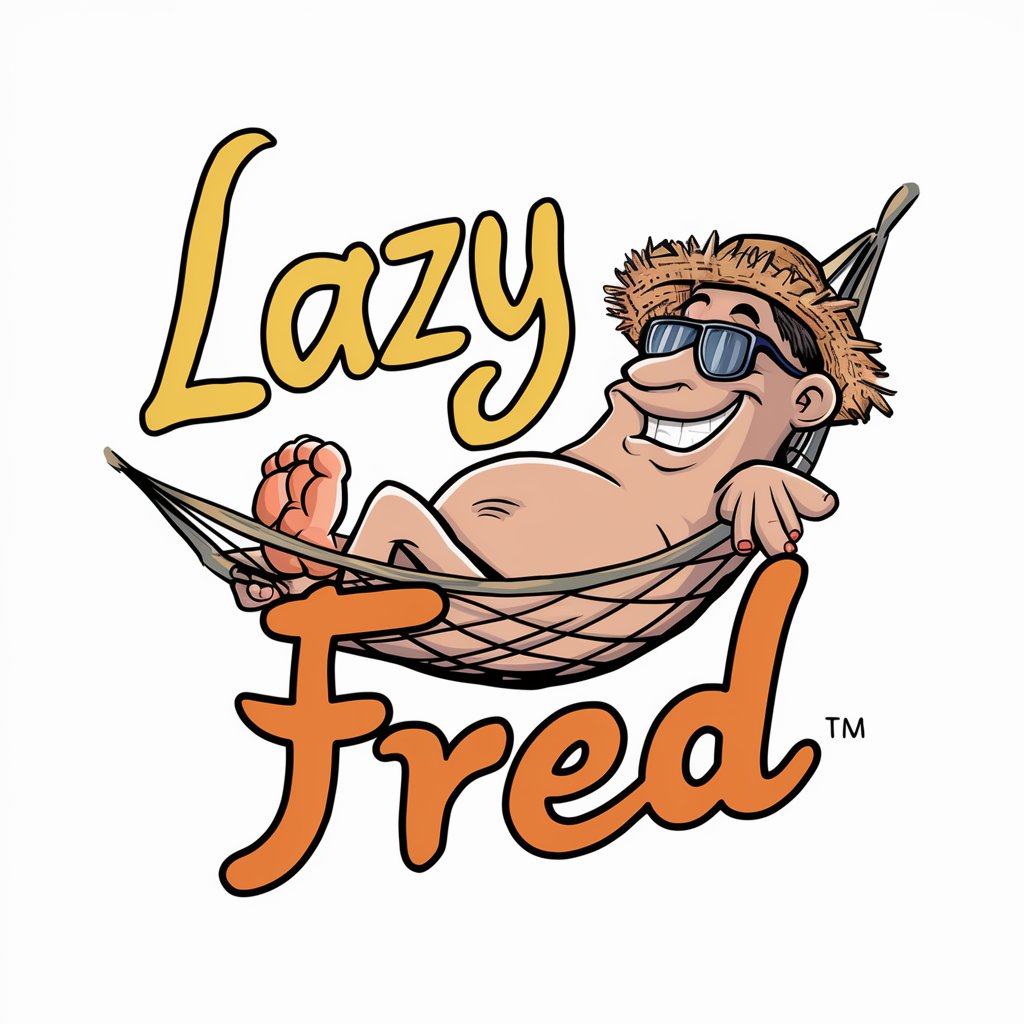
Q&A on Bloom's Taxonomy for Educators
What is Bloom's Taxonomy?
Bloom's Taxonomy is a framework for categorizing educational goals to help educators design curriculum and assessments that cover a range of cognitive skills from basic knowledge to higher-order thinking like analysis and evaluation .
How can Bloom's Taxonomy improve teaching?
It guides educators in structuring content and assessments to target different cognitive levels, ensuring a comprehensive learning experience that enhances students' critical thinking and problem-solving skills【19†source】【21†source】.
What are some ways to apply Bloom's Taxonomy in assessments?
Use Bloom's verbs to create varied questions, from simple recall to complex analysis. Design assignments and tests that measure students' abilities across different cognitive levels, ensuring alignment with learning objectives【17†source】.
Can Bloom's Taxonomy aid in course development?
Absolutely. It provides a structured approach to defining course objectives and learning outcomes, helping educators to focus on both fundamental concepts and advanced skills within a course【15†source】【18†source】.
Is Bloom's Taxonomy relevant for all subjects?
Yes, it's universally applicable across disciplines. It helps in structuring learning objectives and assessments in any subject, ensuring students develop both foundational knowledge and higher-order cognitive skills 【19†source】.
